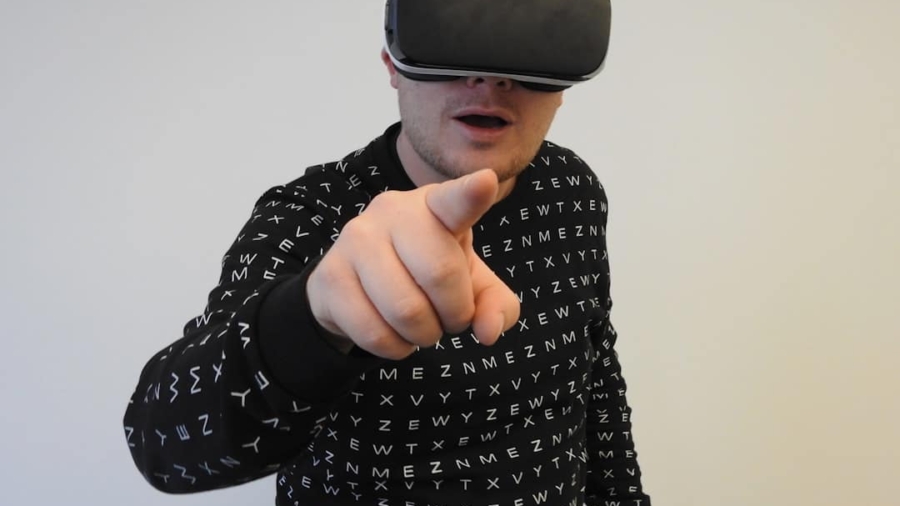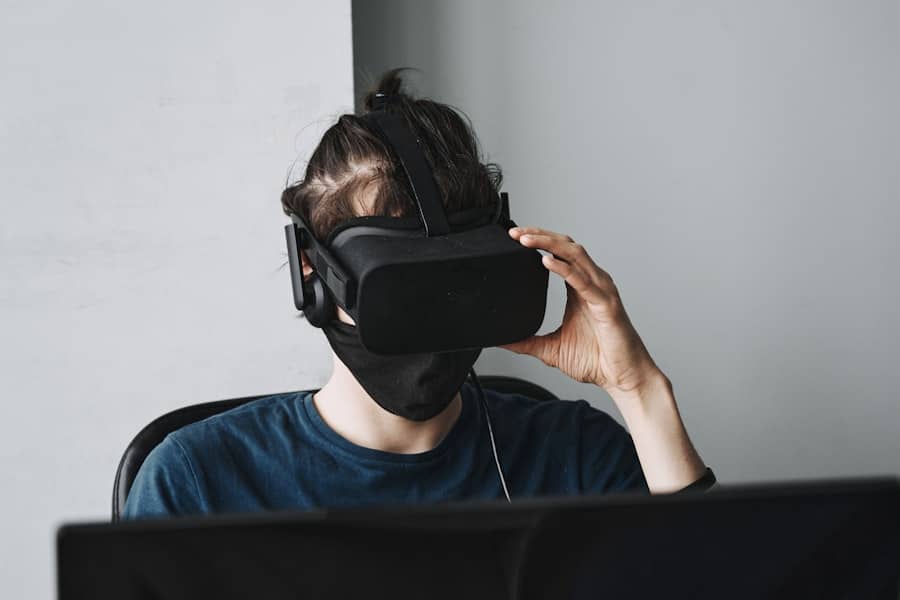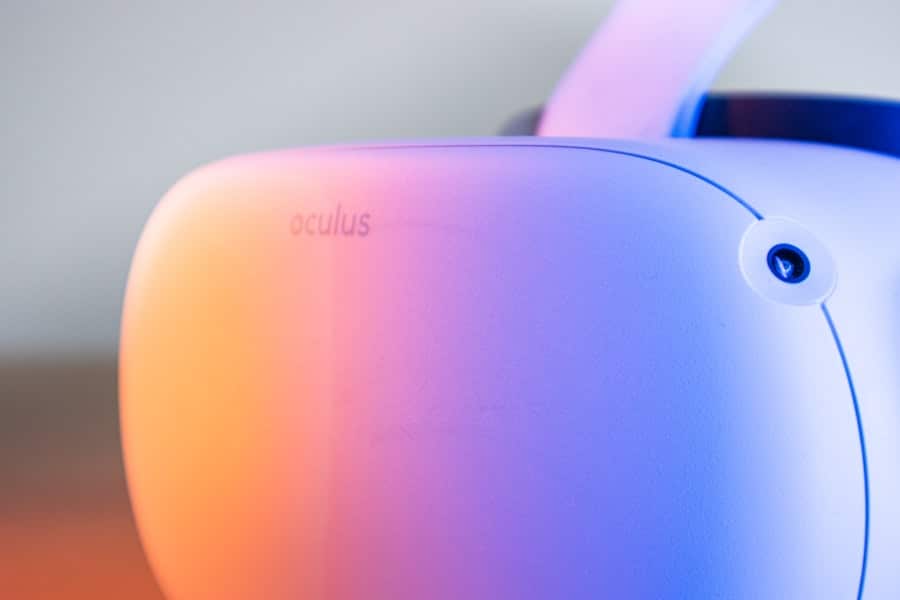Phobia desensitization therapy, often referred to as exposure therapy, is a psychological treatment designed to help individuals confront and overcome their irrational fears. This therapeutic approach is grounded in the principles of cognitive-behavioral therapy (CBT), which posits that our thoughts, feelings, and behaviors are interconnected. By gradually exposing patients to the source of their fear in a controlled and safe environment, therapists aim to reduce the anxiety associated with the phobia.
The process typically involves a hierarchy of fear-inducing stimuli, starting with less threatening scenarios and gradually progressing to more intense exposures. The effectiveness of desensitization therapy lies in its ability to help patients reframe their perceptions of fear. For instance, someone with a fear of flying may initially be exposed to images of airplanes before progressing to watching videos of flights, visiting an airport, and eventually taking a short flight.
This gradual exposure allows individuals to build coping mechanisms and resilience against their fears. Research has shown that this method can lead to significant reductions in anxiety levels and an improved quality of life for those suffering from phobias.
Key Takeaways
- Phobia desensitization therapy aims to help individuals overcome their fears by gradually exposing them to the source of their phobia in a controlled environment.
- Virtual reality (VR) is being increasingly used in phobia desensitization therapy to create realistic and immersive environments for patients to confront their fears.
- VR helps patients confront their fears by providing a safe and controlled environment where they can gradually expose themselves to the source of their phobia.
- The benefits of using VR in phobia desensitization therapy include increased accessibility, customization of environments, and the ability to track progress more effectively.
- Challenges and limitations of VR in phobia desensitization therapy include the cost of equipment, potential side effects, and the need for trained professionals to oversee the therapy.
The Use of Virtual Reality in Phobia Desensitization Therapy
Virtual reality (VR) has emerged as a groundbreaking tool in the realm of phobia desensitization therapy, offering a unique platform for exposure therapy. By immersing patients in a simulated environment that replicates their specific fears, VR provides a safe yet realistic setting for confronting anxieties. This technology allows therapists to create tailored experiences that can be adjusted in real-time based on the patient’s responses, making the therapeutic process more dynamic and responsive.
One of the most significant advantages of using VR in this context is the ability to control the intensity and nature of the exposure. For example, a patient with arachnophobia can be gradually introduced to virtual spiders, starting with a small, cartoonish spider and eventually progressing to more realistic and larger representations. This controlled exposure can be more effective than traditional methods, as it allows patients to engage with their fears without the risks associated with real-life encounters.
Furthermore, VR can be used to simulate various environments, such as crowded places for those with social anxiety or heights for individuals with acrophobia, providing a versatile tool for therapists.
How Virtual Reality Helps Patients Confront Their Fears
The immersive nature of virtual reality plays a crucial role in helping patients confront their fears. When individuals don VR headsets, they are transported into a different world where they can interact with their phobias in a way that feels real but is ultimately safe.
The realism of VR environments can evoke genuine emotional responses, which are essential for effective desensitization. Moreover, VR allows for repeated exposure without the logistical challenges or dangers associated with real-life situations. For instance, someone with a fear of flying can experience takeoffs, turbulence, and landings multiple times within a single therapy session without ever leaving the ground.
This repeated exposure is vital for reinforcing new cognitive patterns and reducing anxiety over time. Additionally, therapists can monitor patients’ physiological responses—such as heart rate and sweat levels—during these sessions, allowing for immediate feedback and adjustments to the exposure level as needed.
The Benefits of Using VR in Phobia Desensitization Therapy
The integration of virtual reality into phobia desensitization therapy offers numerous benefits that enhance the overall treatment experience. One significant advantage is the ability to provide a controlled environment where patients can face their fears without real-world consequences. This safety net encourages individuals to engage more fully in the therapeutic process, often leading to quicker progress compared to traditional methods.
Another benefit is the customization potential that VR offers. Therapists can design specific scenarios tailored to each patient’s unique fears and triggers.
This level of personalization not only makes therapy more relevant but also increases patient motivation and engagement. Furthermore, VR therapy can be more accessible than traditional exposure therapy. Patients who may have difficulty accessing certain environments due to physical limitations or geographical constraints can still experience realistic simulations of their fears.
This accessibility broadens the reach of phobia desensitization therapy, making it available to a wider range of individuals who may benefit from it.
Challenges and Limitations of VR in Phobia Desensitization Therapy
Despite its many advantages, the use of virtual reality in phobia desensitization therapy is not without challenges and limitations. One primary concern is the potential for technological issues that could disrupt the therapeutic process. Glitches in the software or hardware malfunctions can lead to frustrating experiences for both therapists and patients, potentially hindering progress.
Additionally, not all patients may respond positively to VR technology; some individuals may experience discomfort or motion sickness while using VR headsets, which could detract from their ability to engage fully in therapy. Another limitation is the need for trained professionals who are adept at using VR technology within therapeutic settings. While many therapists are familiar with traditional exposure techniques, integrating VR into their practice requires additional training and understanding of how to effectively utilize this technology.
This learning curve may pose barriers for some practitioners, particularly those in regions where access to advanced technology is limited. Moreover, there are ethical considerations surrounding the use of VR in therapy. The immersive nature of virtual environments raises questions about informed consent and the potential for patients to become overly reliant on technology as a coping mechanism.
Therapists must navigate these ethical dilemmas carefully to ensure that they are providing safe and effective treatment while respecting patients’ autonomy.
The Future of VR in Phobia Desensitization Therapy
Enhancing the Therapeutic Experience
Innovations such as haptic feedback devices could enhance immersion by allowing patients to feel sensations associated with their fears, further enriching the therapeutic experience.
Personalizing Therapy Sessions
Ongoing research into the efficacy of VR therapy will likely lead to more evidence-based practices and guidelines for its implementation. As studies continue to demonstrate positive outcomes for patients undergoing VR-assisted exposure therapy, it may become a standard component of treatment protocols for various phobias. The integration of artificial intelligence could also play a role in personalizing therapy sessions by adapting scenarios based on real-time data about patients’ emotional responses.
Increased Acceptance and Funding
Furthermore, as society becomes increasingly comfortable with technology, there may be greater acceptance of VR as a legitimate therapeutic tool. This shift could lead to increased funding and resources dedicated to developing innovative VR applications specifically designed for mental health treatment. As these advancements unfold, the potential for VR to revolutionize phobia desensitization therapy will continue to grow.
Success Stories: Real-Life Examples of VR in Phobia Desensitization Therapy
Numerous success stories highlight the transformative impact of virtual reality in phobia desensitization therapy. One notable case involved a young woman named Sarah who had an intense fear of flying that prevented her from visiting family members living abroad. After several sessions utilizing VR technology, Sarah was able to confront her fear through simulated flights that gradually increased in intensity.
By the end of her treatment, she successfully boarded an airplane for the first time in years and reported feeling significantly less anxious about flying. Another compelling example comes from a man named John who struggled with social anxiety disorder that made it difficult for him to engage in everyday interactions. Through VR therapy, John was placed in various social scenarios—such as attending parties or speaking in front of groups—allowing him to practice his social skills in a safe environment.
Over time, he developed greater confidence and was able to participate in social gatherings without experiencing debilitating anxiety. These success stories underscore the potential for virtual reality to facilitate meaningful change in individuals’ lives by helping them confront and overcome their fears. As more patients share their experiences with VR-assisted therapy, it becomes increasingly clear that this innovative approach can lead to lasting improvements in mental health.
Ethical Considerations in the Use of VR for Phobia Desensitization Therapy
The ethical implications surrounding the use of virtual reality in phobia desensitization therapy warrant careful consideration by practitioners and researchers alike. One primary concern is ensuring informed consent; patients must fully understand what VR therapy entails before engaging in treatment. This includes being aware of potential risks associated with using immersive technology and having realistic expectations about outcomes.
Additionally, therapists must remain vigilant about maintaining appropriate boundaries during treatment sessions. The immersive nature of VR can blur lines between reality and simulation, potentially leading some patients to develop unhealthy attachments or dependencies on virtual experiences as coping mechanisms. It is crucial for therapists to guide patients through these experiences thoughtfully while reinforcing healthy coping strategies that extend beyond the virtual realm.
Finally, as technology continues to advance rapidly, ethical standards must evolve alongside it. Practitioners should engage in ongoing discussions about best practices for integrating VR into therapeutic settings while prioritizing patient safety and well-being above all else. By addressing these ethical considerations proactively, therapists can harness the power of virtual reality responsibly and effectively within phobia desensitization therapy.
A related article to “The Role of VR in Phobia Desensitization Therapy” is “Which Smartwatches Allow You to View Pictures on Them?” This article discusses the features of different smartwatches that enable users to view pictures directly on their devices. Smartwatches with this capability can enhance the user experience by allowing them to easily access and view images without having to use a separate device. To learn more about smartwatches that offer this feature, check out the article here.
FAQs
What is VR phobia desensitization therapy?
VR phobia desensitization therapy is a type of exposure therapy that uses virtual reality technology to help individuals confront and overcome their fears and phobias in a controlled and safe environment.
How does VR phobia desensitization therapy work?
During VR phobia desensitization therapy, individuals are exposed to virtual simulations of the situations or objects that trigger their phobias. This exposure is gradual and controlled, allowing individuals to confront their fears in a safe and supportive environment.
What are the benefits of using VR in phobia desensitization therapy?
Using VR in phobia desensitization therapy allows for a more immersive and realistic exposure experience, which can enhance the effectiveness of the therapy. It also provides a safe and controlled environment for individuals to confront their fears without the need for real-life exposure.
Is VR phobia desensitization therapy effective?
Research has shown that VR phobia desensitization therapy can be effective in helping individuals reduce their phobic symptoms and overcome their fears. It has been used successfully in treating various phobias, including fear of flying, heights, spiders, and public speaking.
Are there any limitations to VR phobia desensitization therapy?
While VR phobia desensitization therapy has shown promise, it may not be suitable for everyone. Some individuals may experience discomfort or motion sickness during VR exposure, and the technology may not be accessible to all individuals due to cost or technical limitations. Additionally, the long-term effectiveness of VR phobia desensitization therapy is still being studied.



